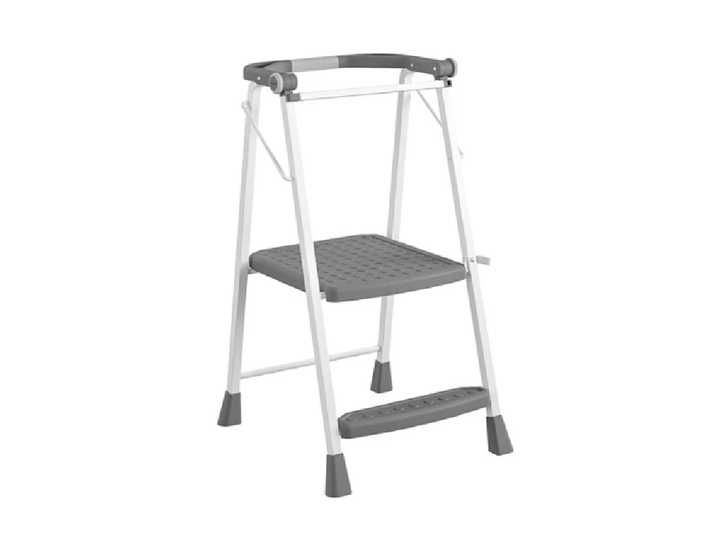‘Buy American’ Movement Fades Despite Trump’s Tariff-Fueled US Manufacturing Push: Survey
According to a recent survey, the “Buy American” movement has lost support as a result of President Donald Trump’s broad tariffs, which increase the cost of many goods while purporting to increase domestic production.
President Donald Trump and a “Made in U.S.A.” label on an L.L. Bean.
On August 6, 2025, Apple CEO Tim Cook shakes hands with President Donald Trump at the White House.
According to a June Conference Board research, half of Americans stated that they would be more inclined to purchase a product they liked if they knew it was created in the United States. This is a decrease from May 2022’s 60%.
Since 2022, the appeal of “Made in USA” labels has also decreased by 18%, primarily due to consumers’ concerns about growing prices.
“Given US consumers’ persistent concern about high prices, exacerbated by impending extensive tariffs, country of origin especially where the source country doesn’t elevate the product’s prestige may now be even less important to consumers relative to key product features such as price, quality, and function,” The Conference Board stated. “Amid the current uncertainty, US consumers focus on seeking out more affordable brands, adjusting their lifestyle, and postponing purchases.”
Older consumers, who have historically been the most ardent proponents of purchasing goods manufactured in the United States, are the group where the change is most noticeable. While younger consumers under 35 have become less critical of US-made goods, perhaps as a result of growing concern in sustainability and local sourcing, zeal among those 55 and older has decreased.
Since many people see the label as an indication of increased prices, sticker shock is colliding with the Trump administration’s push to buy American.
“For US consumers, concerns regarding the potential impact of more domestic production on prices may outweigh interest in national economic and political goals,” stated the Conference Board.
Although consumers still prefer US-made goods above all others, Canada is currently the most preferred foreign supplier among the top US import partners. Since 2022, China’s and Mexico’s attraction has declined, with China falling 29% and Mexico falling 36%.
Thursday, August 7, marked the implementation of Trump’s most recent round of broad taxes on imports from dozens of nations. Economists predict that his duties will result in a further increase in the cost of numerous consumer goods.
According to a list put out by CNBC, these are the nations with the highest tariff rates:
- Brazil, India – 50%
- Syria – 41%
- Laos, Myanmar – 40%
- Switzerland – 39%
- Canada, Iraq, Serbia – 35%
- Algeria, Bosnia and Herzegovina, Libya, South Africa – 30%
According to a recent survey, a growing number of Americans now cite growing supermarket prices as a significant source of worry. US automakers Ford and General Motors are suffering billion-dollar financial losses as a result of tariffs, while household products giant Procter & Gamble has warned of price increases in August due to Trump’s penalties.
Companies who fail to make a product “all or virtually all” domestically risk fines of up to $50,120, according to the Federal Trade Commission, which said it is enforcing the “Made in USA” rule more strictly.












